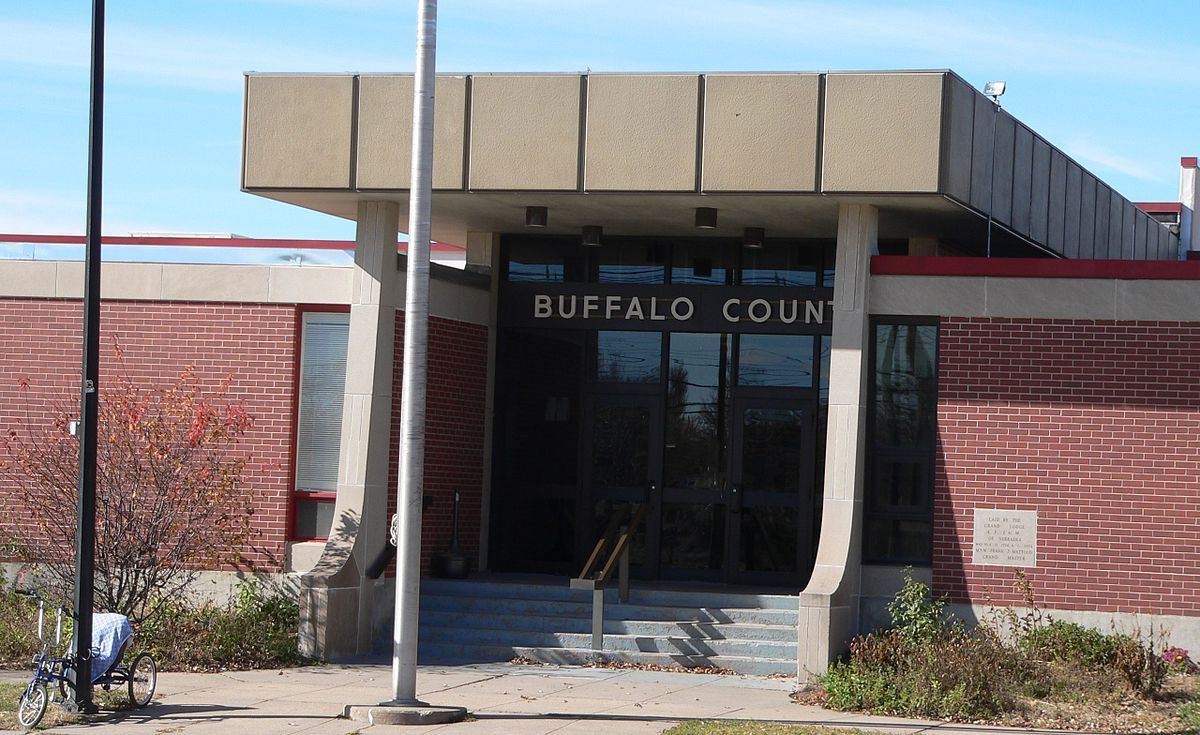Since the founding of our communities, organizations, businesses and citizens have stepped forward to build and serve their community. Click on any of the logos below to learn about those who made this website possible! If you would like to learn about becoming a sponsor CLICK HERE!
- County: Buffalo County, NE
- Region: Southeast NE
- Sponsors
- About Gibbon, NE
- Businesses
- Community Organizations
- Faith Organizations
- Festivals and Events
- Points of Interest
- Veterans
- Visit Website
Learn how to Contribute to any of the above categories.
No news yet. Got some news? Hit that NEW POST button!
About Gibbon, NE
In 1866, a rail siding was built as part of the construction of the Union Pacific Railroad. It was named Gibbon Switch in honor of General John Gibbon. General John Thorpe was originally given the town site of what became Gibbon in exchange for establishing a town site in Buffalo County.
The Union Railroad organized a colony of approximately 85 families from Ohio and other eastern states in the winter of 1870, and planned for the building of homes in the newly established State of Nebraska. Gibbon was also laid out during this time and on April 7, 1871 a settlement commenced. A surveyor by the name of Mr. J.N. Paul helped the colonist by beginning a survey of the town site of Gibbon. This was finished by C. Putnam. The completion of the survey saw the donation of one block for a public school, one block for a courthouse and a site for a church building. All of these sites were donated by the owners. Lack of funds, poor crops, insufficient moisture, loss of livestock, shortage of fuel and conflicts with Native Americans were all hardships the colonists had to endure. Despite these hardships and contrary to original belief, Gibbon became the center for one of the most fertile sections of Buffalo County. Although it remained a small town, it was proportionally one of the most thriving towns on the Union Pacific Line
Businesses of Gibbon, NE
The businesses of our towns are truly the lifeblood of each community, click on any businesses below to learn about them, to learn how to add your business to your town and county page CLICK HERE!
Buffalo County, NE
Visit our county page and you will find information about our town and county's points of interest, festivals/events and faith community. You also will learn about the community organizations that have built and continue to build strong communities (chambers, community groups, and departments, etc) and much more when you visit the Buffalo County, NE page.

